-
Fastest-rising nations look to solidify research gains

Credit: Arun Sankar/AFP via Getty Images China’s meteoric rise to become the most prolific nation for natural-science publications in the Nature Index is illustrated by its dominance in this supplement’s tables. Of the top 100 fastest-rising institutions between 2017 and 2022, just one — the Technical University of Munich — is outside China. Nature Index…
-
A guide to the Nature Index
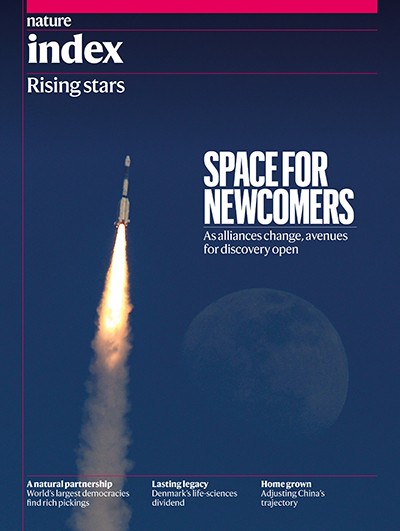
The Nature Index is a database of author affiliations and institutional relationships. The index tracks contributions to research articles published in high-quality natural-science and health-science journals, chosen based on reputation by an independent group of researchers. The Nature Index provides absolute and fractional counts of article publication at the institutional and national level and, as…
-
Brain and body are more intertwined than we knew
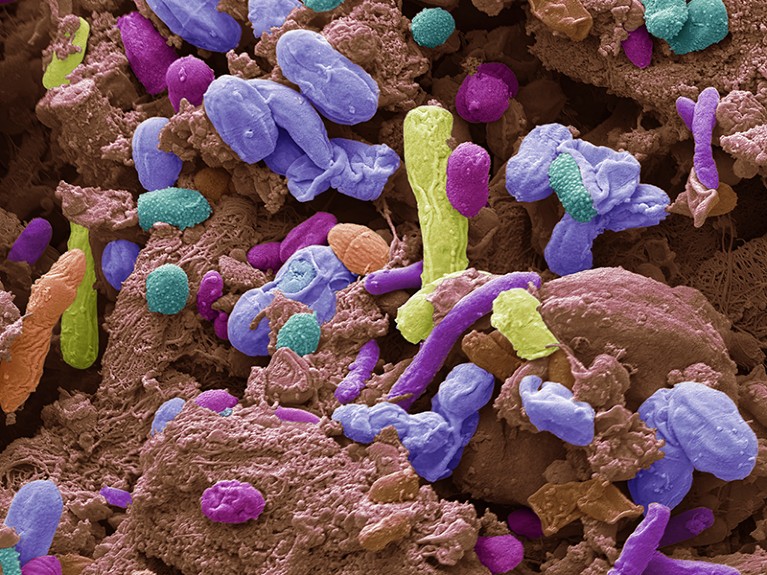
Changes in the make-up of microorganisms in the gut have been linked to disorders such as Parkinson’s disease.Credit: Steve Gschmeissner/SPL For decades, scientists thought of the brain as the body’s most valuable — and consequently most closely guarded — asset. Locked safely behind a biological barrier, away from the hurly-burly of the rest of the…
-
These incredible images are the first from dark-energy telescope Euclid
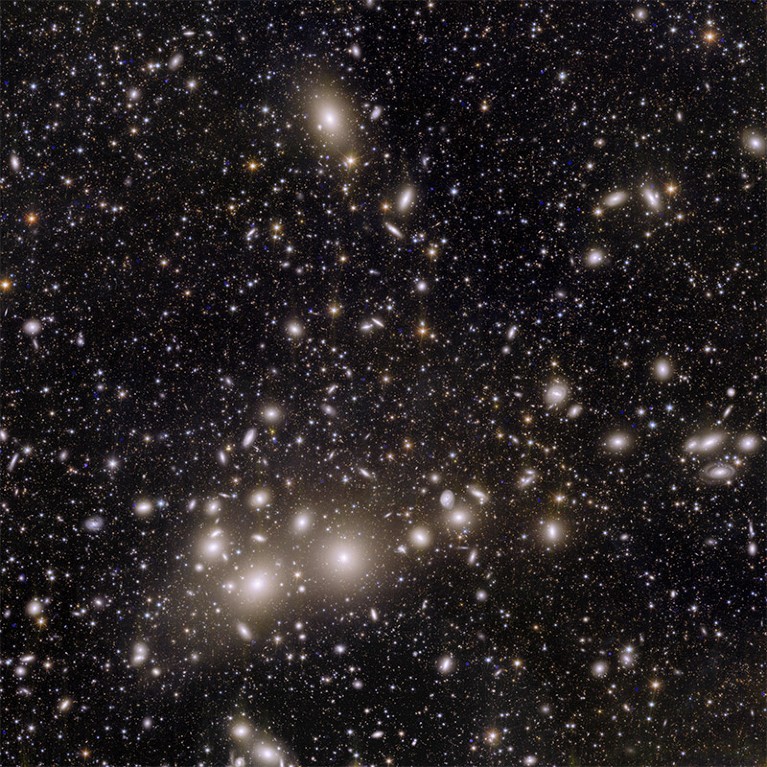
The European space telescope Euclid has released its first images, offering a glimpse of distant galaxies and stars. The telescope was launched on 1 July, with the aim of mapping billions of galaxies and exploring the distribution of dark matter and dark energy. The images include a detailed view of the spiral galaxy IC 342,…
-
Distinguished Professor in Science Education Receives Lifetime Achievement Award
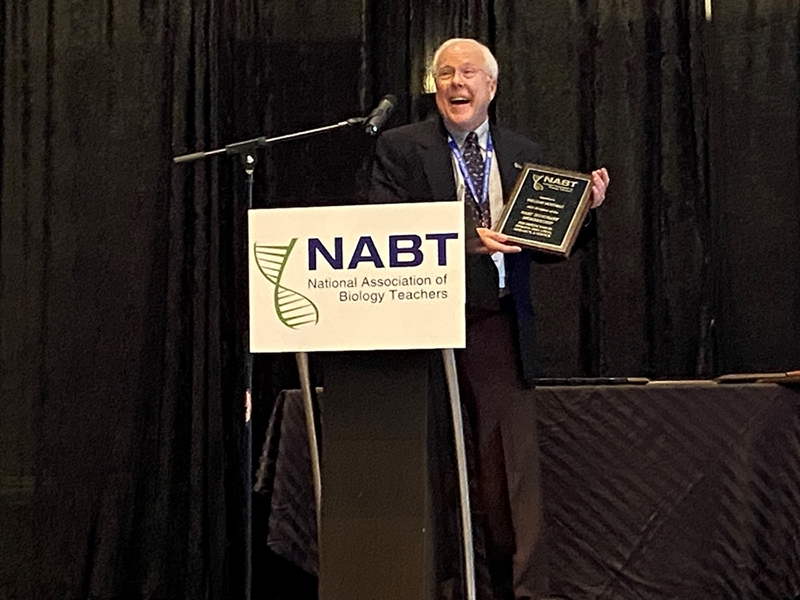
Nov. 08, 2023 Photo Submitted William McComas receives the “Honorary Member” lifetime achievement award from the National Association of Biology Teachers at the annual conference in Baltimore on Nov. 4. The National Association of Biology Teachers named professor William McComas an “Honorary Member,” the highest honor bestowed by the organization recognizing a lifetime of achievement…
-
Why postdocs need entrepreneurship training
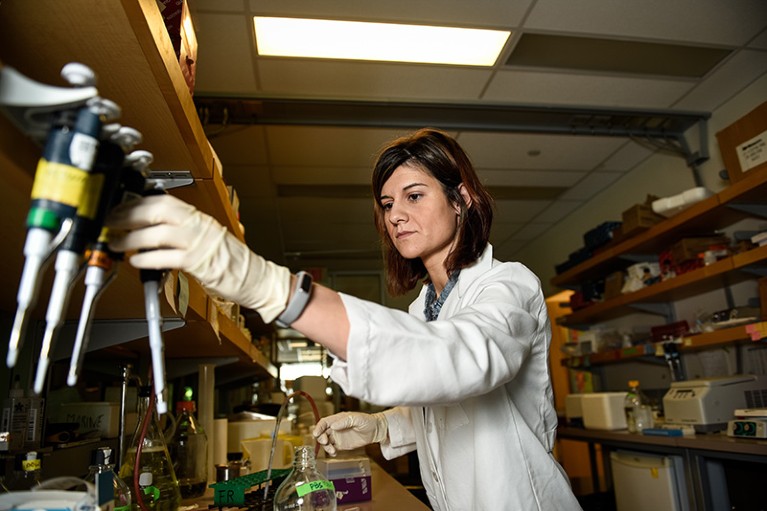
Postdoctoral researchers need to learn skills that will help them in industry.Credit: SFU Beedie In 2022, during the final year of his PhD, one of us (M.S.K.) applied for at least ten faculty positions. He had more than ten first-author publications, along with patents, several major awards and scholarships, numerous conference presentations and significant teaching…
-
Why blue carbon cannot truly offset fossil fuel emissions

Blue carbon will not solve climate change. The effect is too small; existing sediment carbon stock is a liability; and there is a timescale mismatch between ancient fossil fuel emissions and uptake by vegetation. Clearer communication would support informed decision-making. Introduction: a communication gap The global climate is changing dramatically as a result of excess…
-
Journal retracts second article led by UR physicist

The scientific journal Nature has retracted a second paper led by University of Rochester physicist Ranga Dias. The retraction of an article published by the journal last March comes several years after Dias, an assistant professor of mechanical engineering and UR Laboratory of Laser Energetics researcher, drew laudatory worldwide attention for his claim to have…
-
A controversial room-temperature superconductor result has been retracted
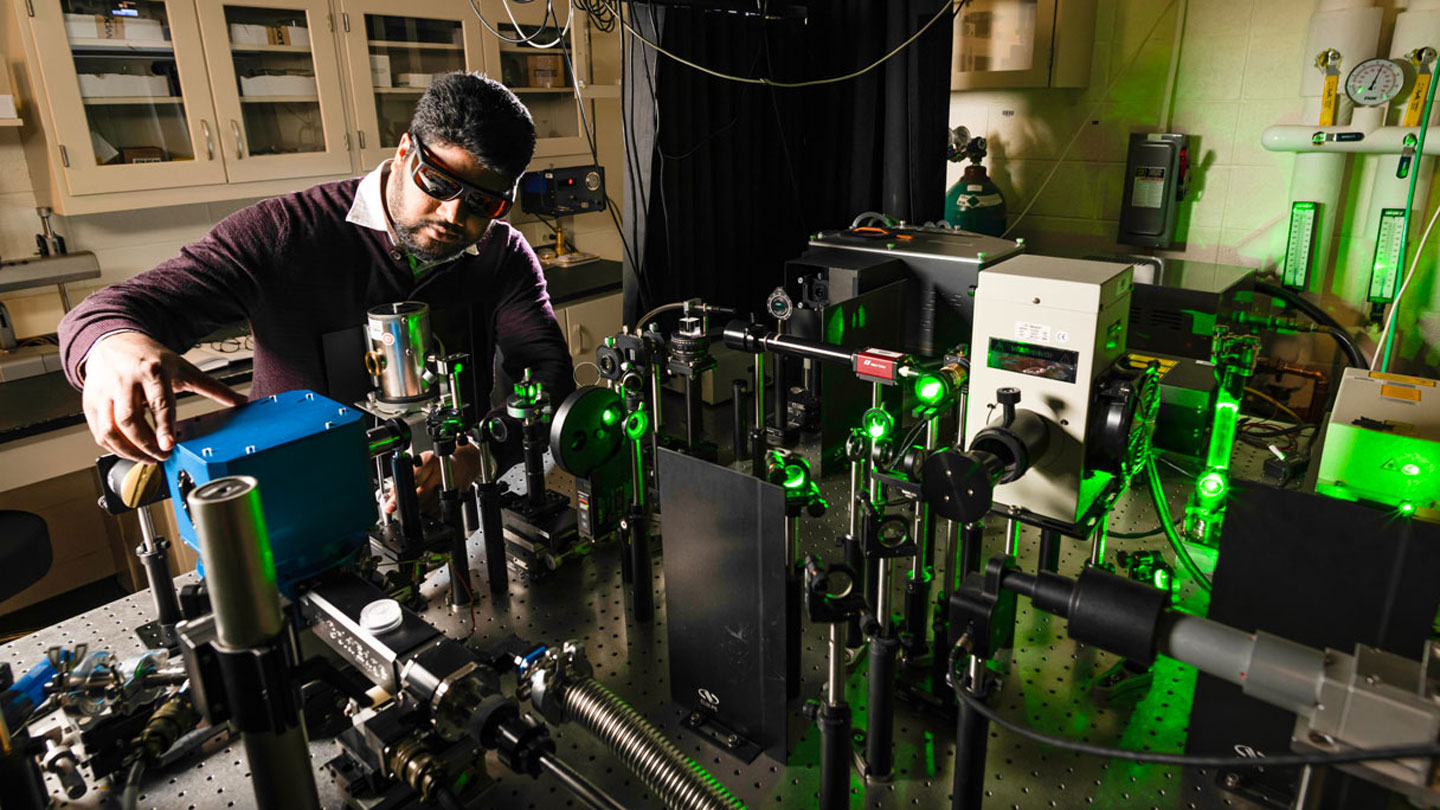
A stunning claim of a room-temperature superconductor that grabbed headlines has fizzled. The paper was retracted November 7 from the journal Nature, making for a trio of high-profile retractions for physicist Ranga Dias of the University of Rochester. The retraction is no surprise to the scientific community, many of whom had expressed hefty skepticism about Dias’ work, following…
-
Room-Temperature Superconductor Discovery Is Retracted

It was the second paper led by Ranga P. Dias, a researcher at the University of Rochester, that the journal Nature has retracted. Nature, one of the most prestigious journals in scientific publishing, on Tuesday retracted a high-profile paper it had published in March that claimed the discovery of a superconductor that worked at everyday…